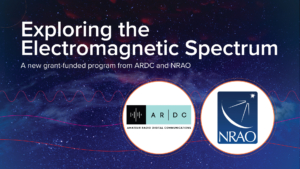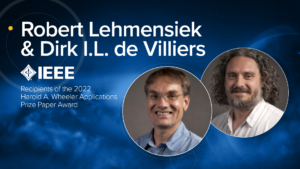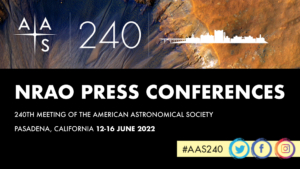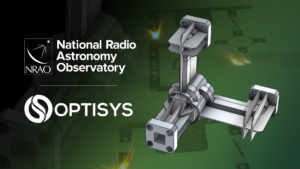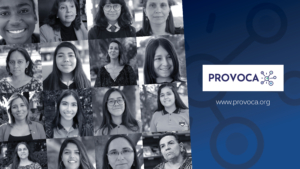Following a generous grant from Amateur Radio Digital Communications (ARDC), the National Radio Astronomy Observatory (NRAO) will soon launch a two-year project to engage BIPOC and LGBTQIA+ students in learning about the electromagnetic spectrum and the excitement of amateur— also called ham— radio.
ngVLA Engineering Paper Selected for Prestigious IEEE Award
A team of engineers testing the design efficiency of reflectors for the National Radio Astronomy Observatory’s upcoming next generation Very Large Array (ngVLA) has received the Institute of Electrical and Electronics Engineers (IEEE) Harold A. Wheeler Applications Prize Paper Award.
AUI and NRAO Announce 2022 NAC Bridge Scholarship Recipients
Six NAC alums have accepted offers from outstanding graduate programs around the country. Each will receive a $5,000 AUI Board of Trustees NAC Bridge Scholarship Award, with AUI and NRAO’s congratulations and best wishes for a smooth start to an exciting new chapter of their lives.
Science Results From NRAO Facilities to Be Presented at Multiple AAS 240 Press Conferences
Seven new scientific results from the Atacama Large Millimeter/submillimeter Array (ALMA), the Very Large Array (VLA), and the Very Large Array Sky Survey (VLASS) will be revealed at multiple press conferences during the 240th meeting of the American Astronomical Society (AAS) between June 13-15, 2022 in Pasadena, California.
NRAO and Optisys Partner Up to Produce 3D Devices for Radio Astronomy
Recent advancements in 3D printing (also known as additive manufacturing) for metallic structures make it possible to print all-metal electromagnetic devices—like antennas and waveguides—on demand. A new partnership between the National Radio Astronomy Observatory, headquartered in Charlottesville, Virginia, and Optisys, LLC, headquartered in West Valley City, Utah, will explore the potential for leveraging this technology for radio astronomy applications.
Inspiring, Retaining and Promoting Female Talent in STEM Careers
Retaining and promoting female talent in science, technology, engineering, and mathematics (STEM) is a goal that must be embraced by large scientific facilities, civil society, academia, and the private sector. A STEM career can be long and full of obstacles for underrepresented minorities, including women, who are strongly influenced by family expectations, teacher bias, and work environments plagued by stereotypes. More female role models in STEM are needed to inspire and increase women’s participation, and they are currently insufficient to retain female employees and stimulate their professional growth into leadership positions.






